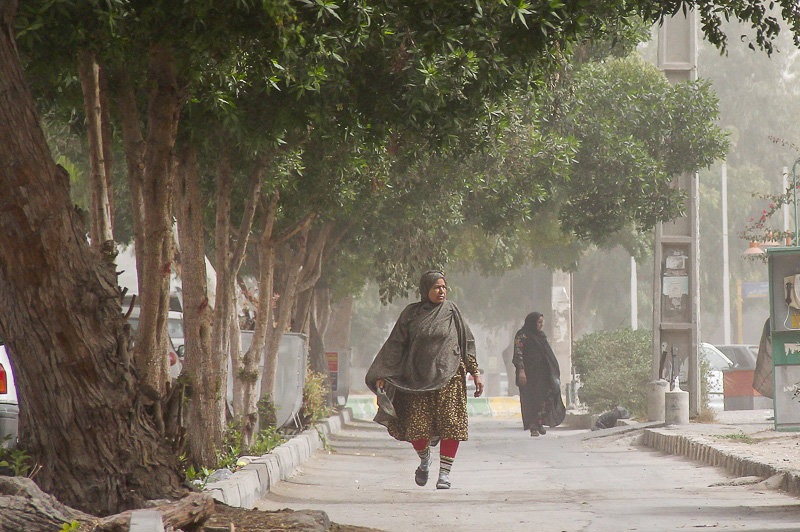Hazardous air pollution in Bandar Abbas, Hormozgan Province forced officials to close schools on Saturday.
“Schools at all levels have been ordered to close due to dangerous levels of air pollution in Bandar Abbas,” provincial head of the ministry of education Ali Karampour was quoted by IRNA as saying.
He said governors of other cities in the southern province have the authority shut schools if pollution levels in their regions reach dangerous levels.
Reports suggest that pollution levels in the Persian Gulf province reached seven times the standard on Saturday morning. Acceptable smog concentration level is 150 micrograms per cubic meter, while in Bandar Abbas it surpassed 1000 micrograms per cubic meter.
Marzieh Sisipour, an official with the local Meteorological Organization told IRNA that the northern, eastern, and central regions of the province are enveloped in heavy smog, and pollution has moved all the way south to the strategic Strait of Hormoz.
“Due to strong winds blowing from the southeastern regions of Iran, the conditions in the province are expected to worsen,” she said. “But air quality should start to improve by Sunday evening.”
The smog afflicting the key port city is reminiscent of the dust pollution which crippled life in oil-rich Khuzestan Province last month, leading to the closure of schools and government offices and filling emergency rooms. This is the second time in less than three weeks that Hormozgan Province has had to deal with smog pollution.
Last Tuesday, the Majlis approved a budget of $22 million to help curb the dust and smog problem, which has emerged as a major issue across political lines and the media continues to reflect the health and economic hazards of the various types of pollutions across the country.
Bandar Abbas is one of the most important cities in Iran with regard to its economic, industrial, and historical status, and has developed immensely in recent decades. On the one side, the development of industries, increase in vehicles, and high rate of immigration to the city, and on the other, the special geographical location (close to Persian Gulf and Oman Sea) and meteorological conditions (high temperature and humidity), increase the potential impact of air pollution.


